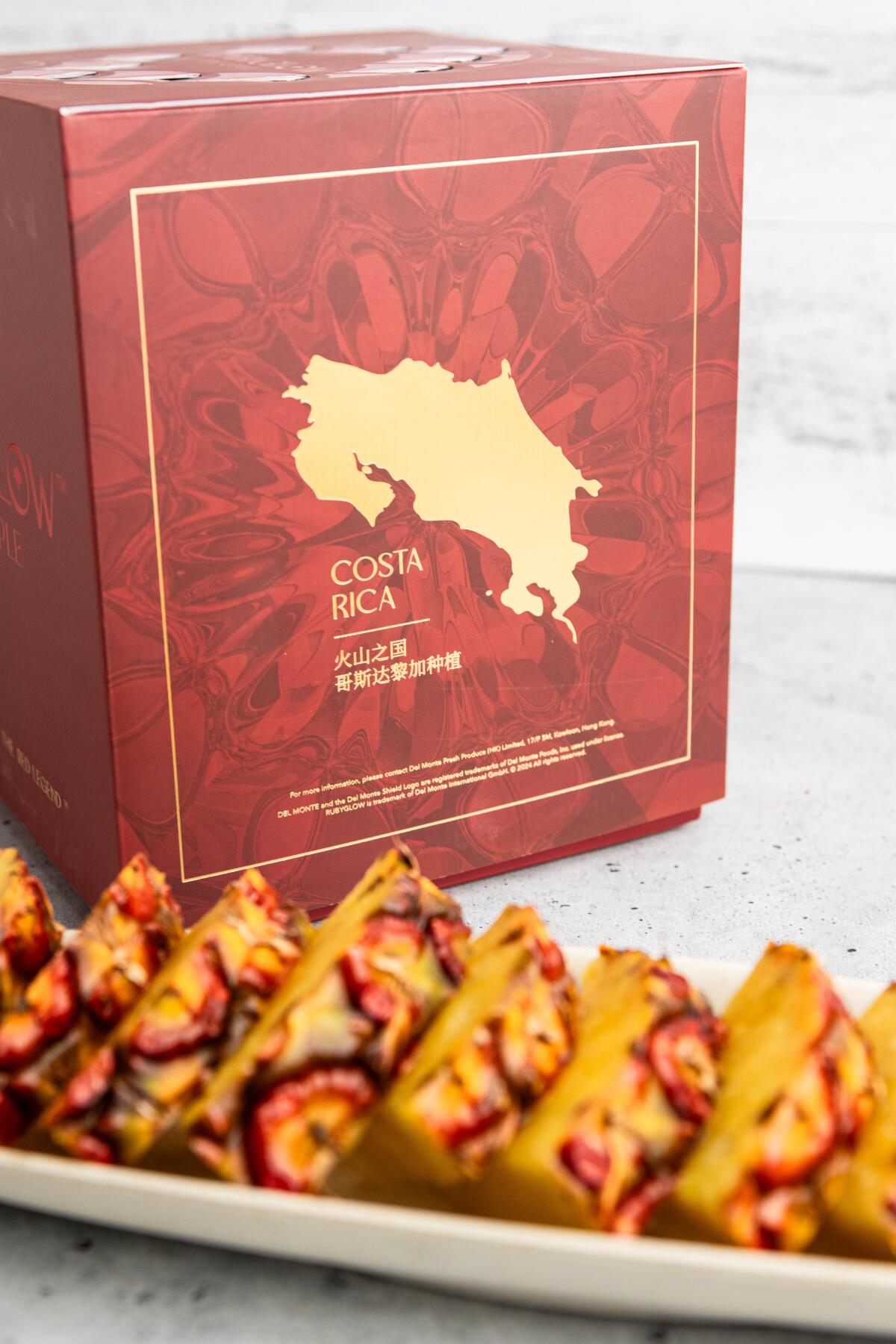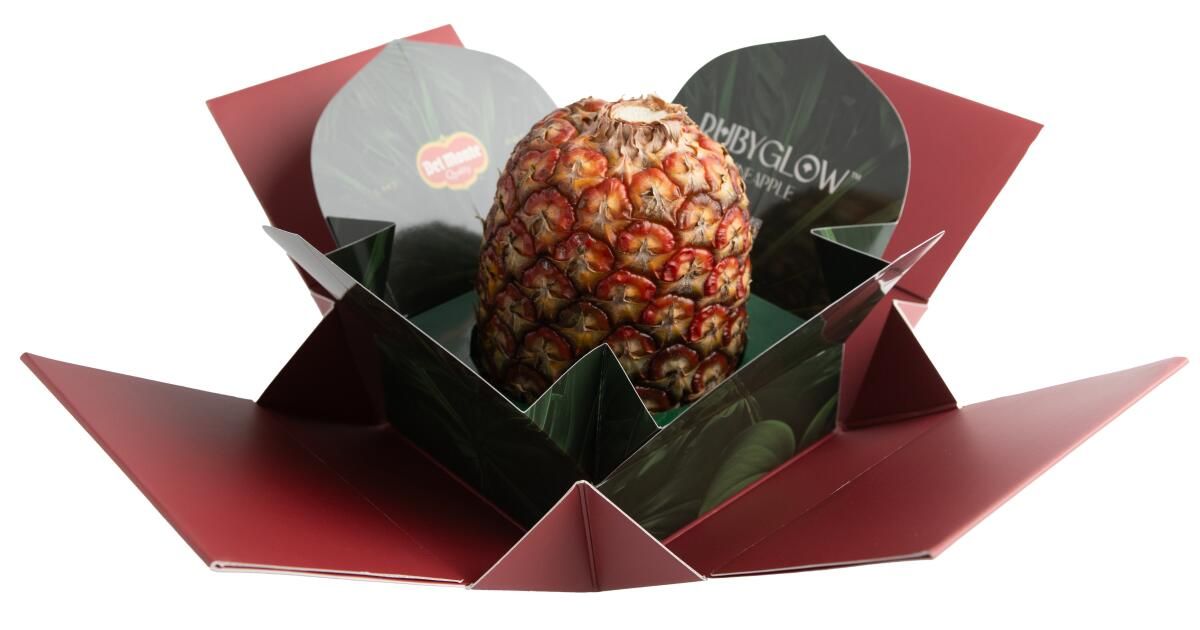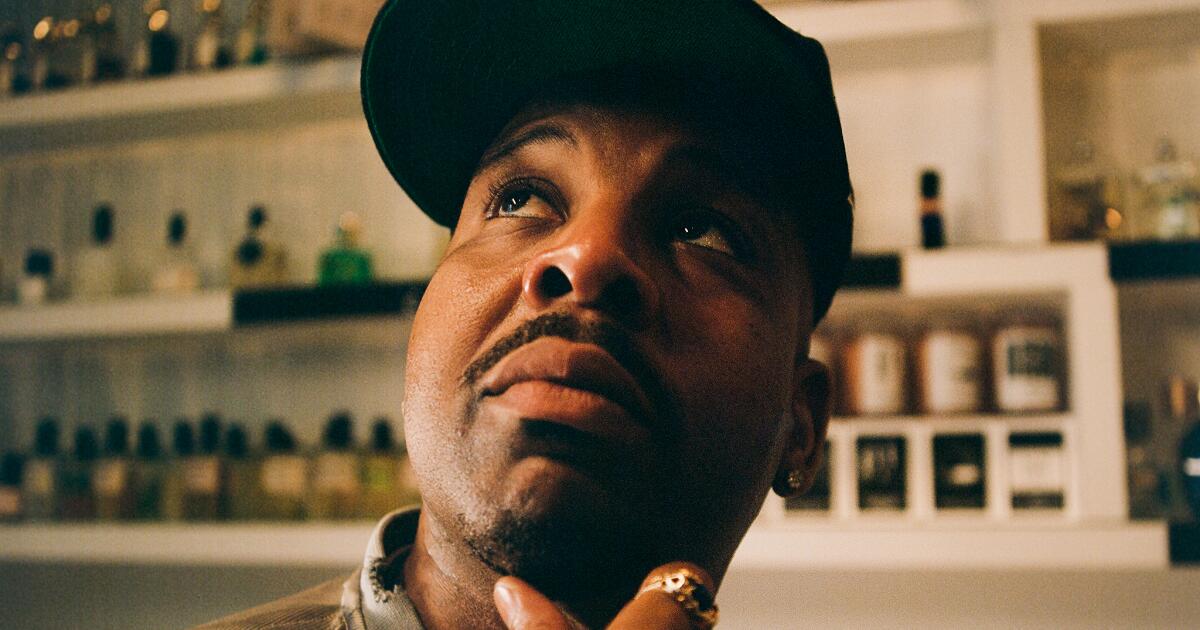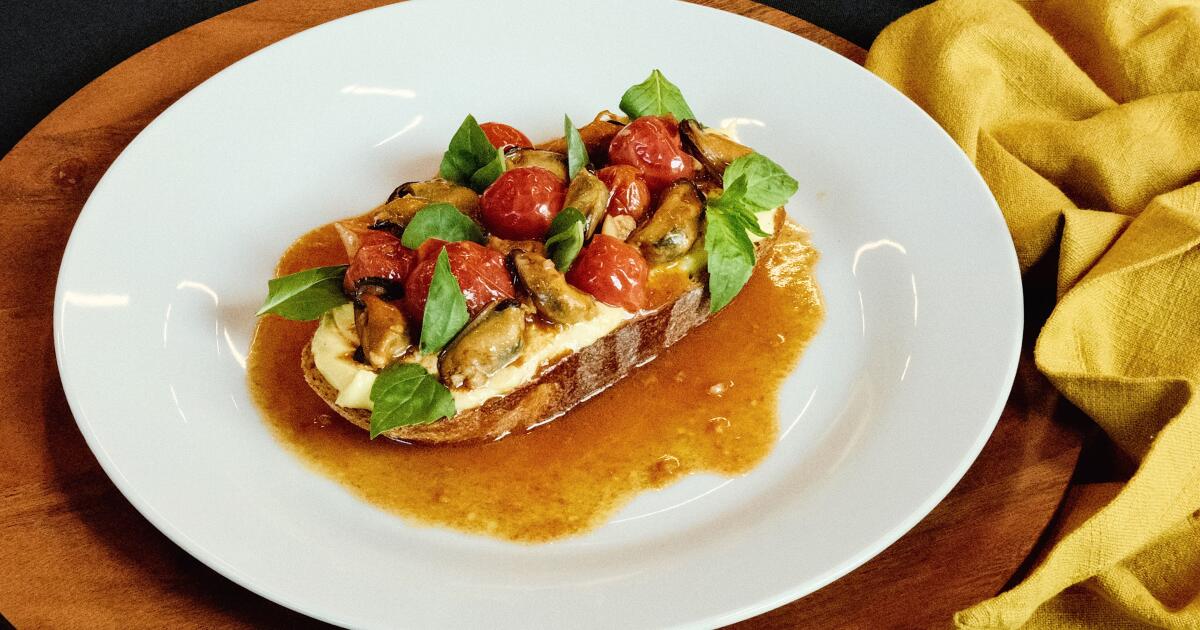Inflation and high food and housing costs are putting pressure on millions of families in the United States. At the same time, a designer pineapple priced at nearly $400 sold out within weeks of its launch. The disparity reflects a deepening chasm between luxury food consumers and average American families barely scraping by.
At the end of March, Melissa's Produce and Fresh Del Monte Produce introduced a new designer pineapple for sale in the United States at an incredible price of $395.99. The pineapple looks like a ruby on the outside and tastes super sweet on the inside, according to sellers.
It's already sold out.
As of Monday morning, the Rubyglow pineapple, a hybrid between a classic pineapple and a Purple variety, is sold out in the United States, said Robert Schueller, a spokesman for Melissa's Produce. The Vernon-based grocer is the only online distributor offering the pineapple specialty in the United States.
Melissa's Produce Rubyglow Pineapple.
(Israel Solís / Melissa's Produce)
Rumors about this rare fruit have sparked a buying frenzy in recent months. The pricey pineapple is just the latest in a series of luxury products (melons for $128 and strawberries for $89) that have become popular with some consumers.
The rise of luxury fruits comes at a time when some Americans are struggling to buy food and food insecurity is on the rise.
The cost of a Rubyglow pineapple is almost double what the average American spends on groceries in a week. On average, American consumers spend about $250 a week on groceries, according to a recent study. In California, that cost is closer to $300 a month.
In Los Angeles County, 30% of residents experienced food insecurity last year, according to the latest data provided by USC researchers.
The impact of inflation, the high cost of living and other factors have led to an increase in food insecurity, said Michael Flood, president of the Los Angeles Regional Food Bank, which serves 900,000 people a month along with his agency. of associated networks.
“It ranges from people who struggle every day to feed themselves to people whose food shortage can take three or four days to reach their next paycheck or, in the case of a senior, a Social Security check,” he said Flood. “Food insecurity is real.”
At the same time, there are people who are willing to pay for the next shipment of Rubyglows from Costa Rica in August. Only 50 to 100 will be available, Schueller said.
“It's not for everyone,” he said. “There is a market for everything in the United States. “Not everyone buys a Ferrari.”
Schueller noted that Melissa's Produce is also a major donor of produce to the Los Angeles Regional Food Bank.
The pineapple's extravagant price is partly because it took Fresh Del Monte 16 years to develop the fruit, according to the company's website. The Rubyglow has a red-hued outer skin, while the inside of the fruit has the familiar yellow color. This is not the company's first designer pineapple. It began in the 1990s with the debut of the Del Monte Gold Extra Sweet pineapple. Since then, it has released other luxury pineapples, such as the Pinkglow pineapple, which has a pink flesh interior.
“Each Rubyglow pineapple takes two years to grow, which then matures naturally on the plant and is sold crown-less in elegantly designed packaging,” according to the company's website. “This complicated and time-consuming growing cycle, along with limited seed supply, are the reasons behind the shortage of Rubyglow pineapples in the US and global market.”

Melissa's Produce Ruby Glow Pineapple.
(Melissa Products)
“It's pure supply and demand,” Schueller said.
Melissa only had 50 Rubyglow fruits available to sell in the US market, with most going to high-end restaurants in California and Las Vegas.
Schueller, who said he doesn't fit into the demographic that would spend money on the fruit, had the opportunity to try it. He described it as deliciously sweet.
Melissassa's website says the fruit “offers a smooth, luxurious flavor with minimal acidity.”
For now, only a few thousand Rubyglows are grown each year. It was first launched in January in China, just in time for the Lunar New Year celebrations. They were also sold out there.












